I installed a Seton W-100 boiler last year, and absolutely loved the way it functioned. However, as I have discovered, the draft control was not sealing off completely, and the fire never shut down completely.
When running it early this season, it was off more than it was on, and was going over 48 hours on a load. Consequently, all that smoldering built up creosote in the fiberglass insulation, and ignited – melting the galvanized skin!
Has anyone had any experience with this? Are there any Seton owners out there that have had their boiler running for more than year?
Any information would be appreciated.
Thanks.
When running it early this season, it was off more than it was on, and was going over 48 hours on a load. Consequently, all that smoldering built up creosote in the fiberglass insulation, and ignited – melting the galvanized skin!
Has anyone had any experience with this? Are there any Seton owners out there that have had their boiler running for more than year?
Any information would be appreciated.
Thanks.


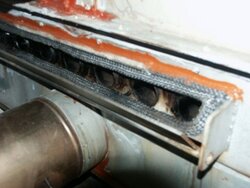
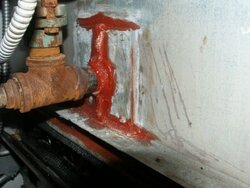
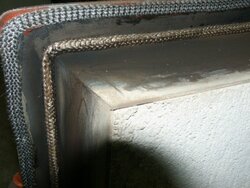
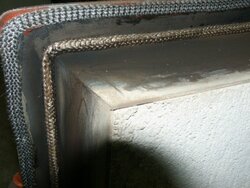
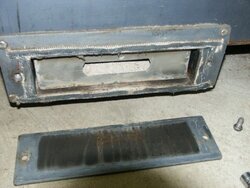
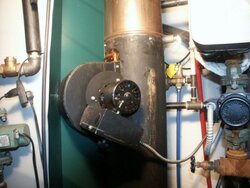
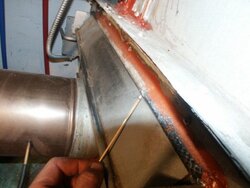
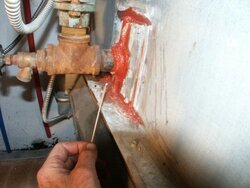
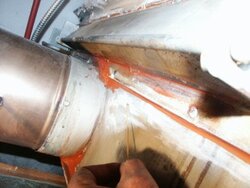
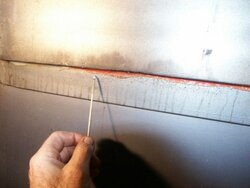
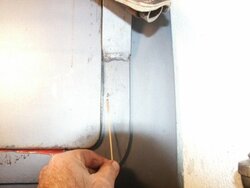
 I have the pulsating / puffing problem when I start from scratch . I use some cardboard to help start the fire , my latest way to keep it under control is the same as Steve. I wait by by the load door and watch for top skin of the boiler to start flexing , then I crack open the door just enough to stop the pulsing . The only time I use the draft inducer is when cleaning ash . Wondering what type of draft regulator you had with your original setup ?? Do you have any pics of your boiler without the outer skins ?? You will not believe how much better the Seton boiler operates when air leaks are a thing of the past .. Anthony
I have the pulsating / puffing problem when I start from scratch . I use some cardboard to help start the fire , my latest way to keep it under control is the same as Steve. I wait by by the load door and watch for top skin of the boiler to start flexing , then I crack open the door just enough to stop the pulsing . The only time I use the draft inducer is when cleaning ash . Wondering what type of draft regulator you had with your original setup ?? Do you have any pics of your boiler without the outer skins ?? You will not believe how much better the Seton boiler operates when air leaks are a thing of the past .. Anthony